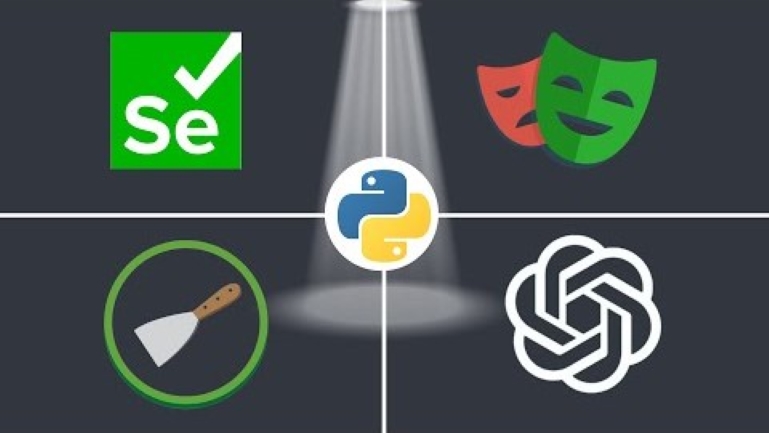Bright Data’s proxies and scraping infrastructure interface has plenty of tools and resources to help you get started using proxies and Bright Data. So, let’s take a look. In the “My Proxies” section, you have access to a bunch of different proxy products, from custom tools like the Scraping Browser and SERP API, down to various different proxies like residential, datacenter, ISP, and even mobile. Create one, you can get started with each of these, or you can go up to the “Add Proxy” button and select one of them from the drop-down. We’ll take a look at getting started with a datacenter proxy.
When creating a datacenter proxy, there’s not much that we need to change. Simply give it a proxy name, then choose an IP type, which has different use cases and which changes the cost associated with it. So for us, we are going to use the “Shared Pay-Per-Usage”, which is listed here at 60 cents per gigabyte. Once you’ve done that, simply click “Add Proxy”. It’s that easy. And now, you can see I have my datacenter proxy, and I went ahead and created an ISP proxy.
So, navigating through the top, let’s go ahead and check out the Dashboard. The Dashboard is going to be really useful at getting a quick look at some important information about your proxy products. So navigating through here, you have information on how much data you’ve used, broken down by each proxy product, as well as your balance and how much you’ve spent. And you even get a table to show you how much data you’ve used per proxy product.
Continuing on our navigation, we have the Event Log, which gives us access to some logs about when we’ve used our proxy products: from the date, the zone, the source IP, the URL, and the result. Moving on, the “Support” tab will simply open the support page that will allow you to manage all your requests.
Then, moving on, we will have access to a couple of different tools that I will cover in a later video: from Proxy Manager, Proxy Chrome Extension, and the SERP API. Like I mentioned, there are various different proxy products, from the built-in tools like the Scraping Browser, Web Unlocker, and SERP API, or if you want to integrate it into your own code, there are different proxies from the residential and the mobile, datacenter, and the ISP. Each one of these will have different use cases, so it’s up to you to decide which one is best for you.
And if you want to try any of this out, simply sign up with a credit card, and you are given a free five-dollar credit to play around with any of these as you wish.














